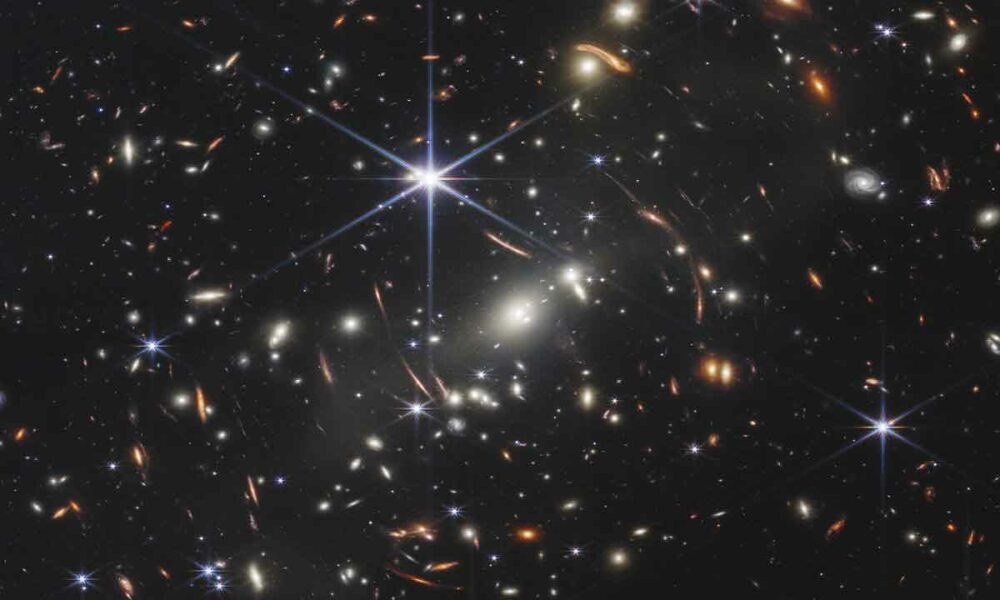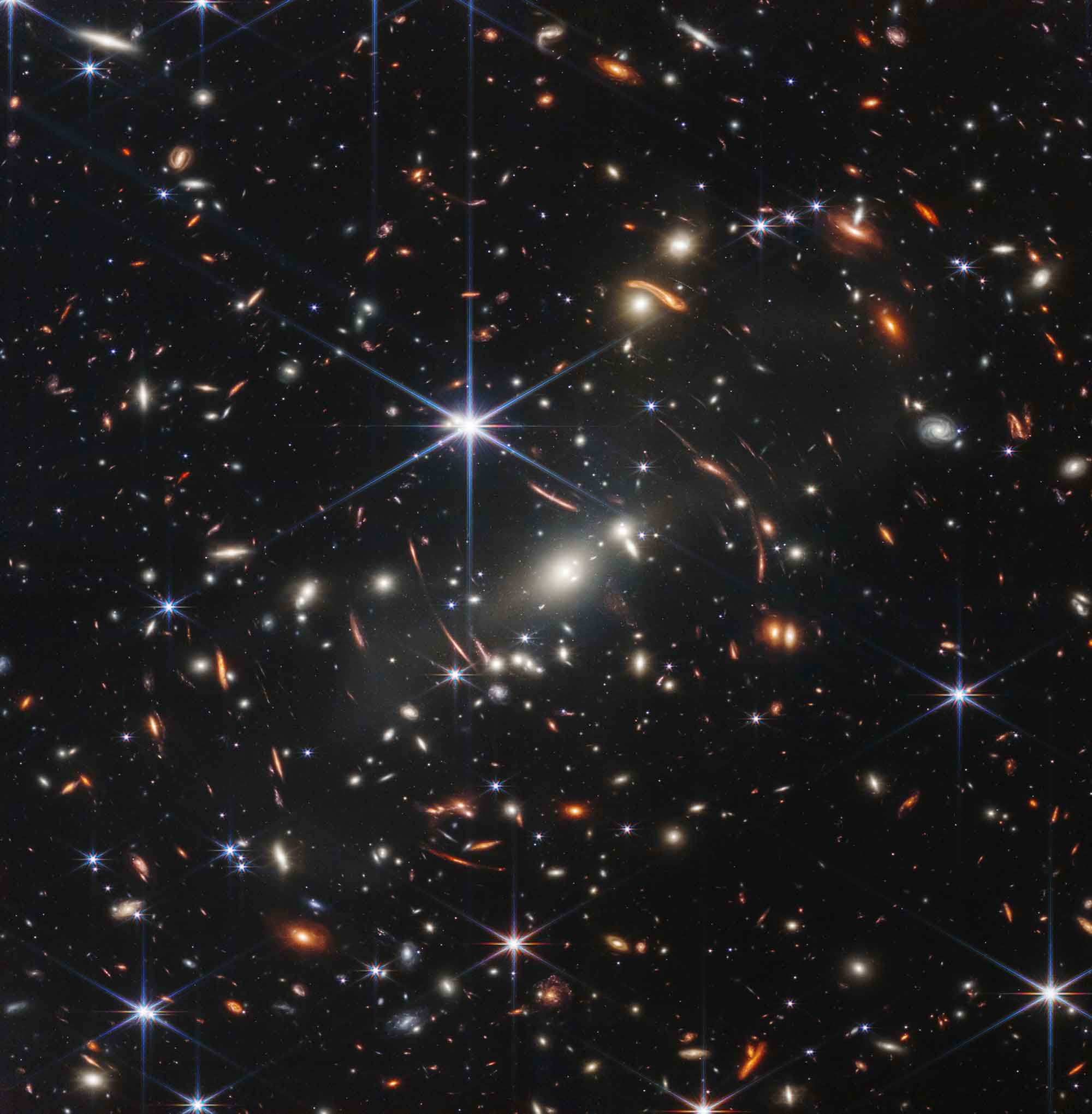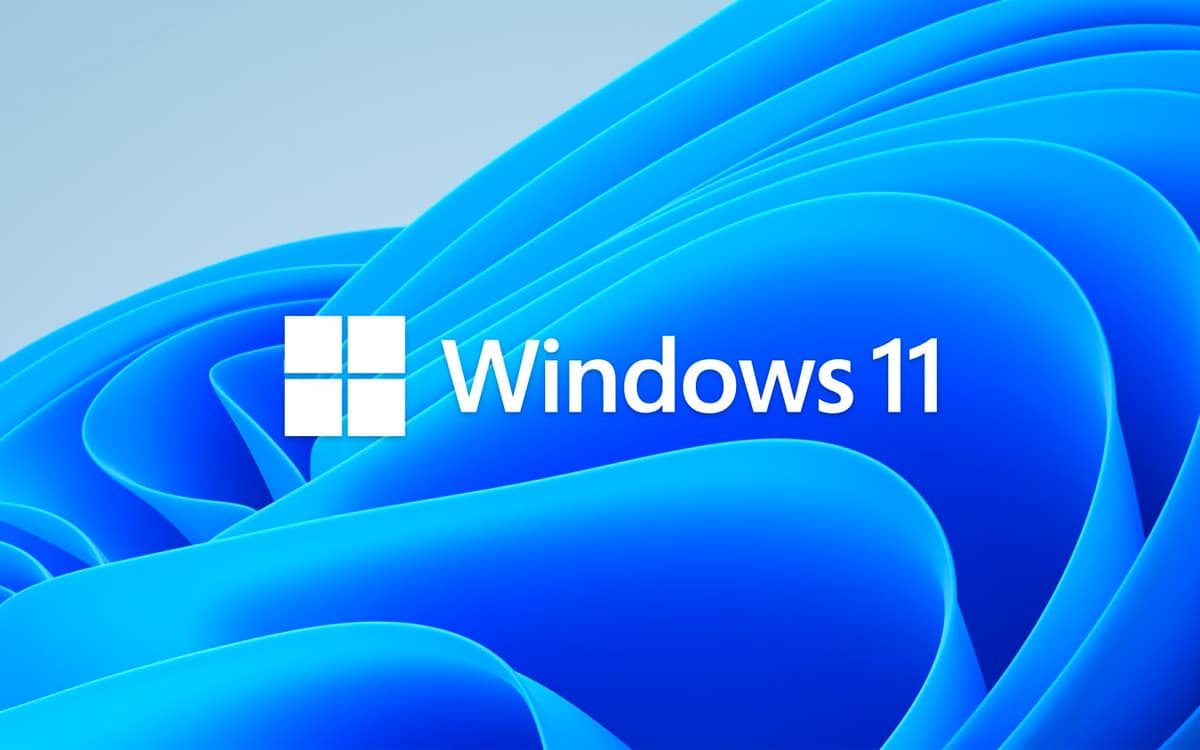
I confess that I am having to do an exercise in self-restraint to avoid starting to use exclamation marks after looking at the image of SMACS 0723, the first image captured by the James Webb that has just been shared by NASA. We already told you this afternoon that this weekend it was decided to bring forward the presentation of the first of the five announced images, in an act in which Joe Biden, President of the United States, Kamala Harris, Vice President of the United States and Bill Nelson, NASA administrator.
With about an hour of delay, but the presentation has already taken place, and NASA has shared on its website and on its social networks the first final image captured by James Webb, and which shows us a never-before-seen image of SMACS 0723 , a distant massive cluster or superclusterwhich due to its enormous gravitational field generates a distortion in the light of the objects that are behind it, as you can see in part of the captured objects, which give the sensation that the camera had rotated on its own axis during the capture from image.
This image of SMACS 0723 has been captured with the near infrared camera (NIRCam, for its acronym in English) of the James Webb and, in fact, it is a composition formed by images in different wavelengths, with a total of 12.5 hours of exposureand offers a level of detail never seen before, and that anticipates what we can expect from this new and fascinating space telescope.
Looking at space-time, image shows the galaxy cluster SMACS 0723 what it looked like 4.6 billion years ago, but the limit of the James Webb is not there. If Hubble has been able to capture lights that were generated 13,000 million years ago, when the age of the Universe was about 800 million years, the James Webb capture systems will allow us to get a little closer to the origin of the Universe, it is hoped. than between 100 and 250 million years after the Big Bang.
Just the publication of this image of SMACS 0723 has already generated many conversations on social networks, in which the gravitational lensing effect is a clear protagonist, although the huge number of galaxies that we can see in the shot has also caused a multitude of reactions . Tomorrow Tuesday, the rest of the images will be publishedwhich we tell you here, and of course we will tell you everything you need to know about them.
Image: NASA




